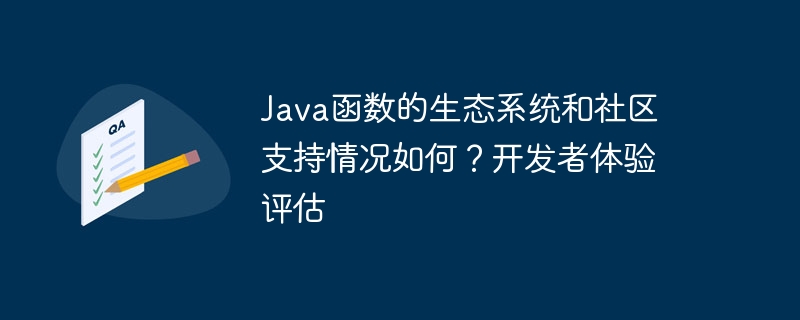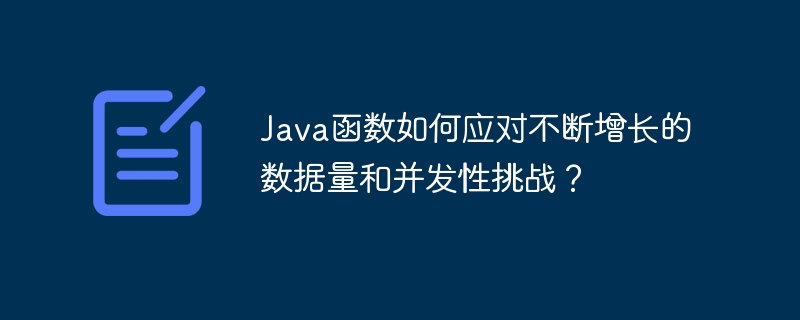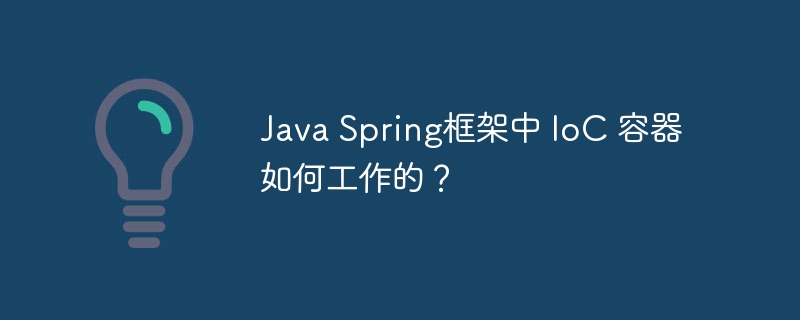LinkedList 是 Java Collection Framework 的通用类,它实现了 List、Deque 和 Queue 三个接口。它提供了 LinkedList 数据结构的功能,LinkedList 是一种线性数据结构,其中每个元素相互链接。我们可以对 LinkedList 执行多种操作,包括添加、删除和遍历元素。要将元素添加到 LinkedList 集合中,我们可以使用各种内置方法,例如 add()、addFirst() 和 addLast()。我们将探索如何使用这些方法将元素添加到 LinkedList。
在Java中,LinkedList类提供以下内置方法来添加元素 -
add() − 它用于将元素插入到集合的末尾。我们更频繁地使用它比其他方法。
addFirst() − 此方法用于在LinkedList的第一个索引处插入一个元素。
addLast() − 它将一个元素插入到指定LinkedList的最后一个索引位置。
addAll() − 当我们需要将一个集合的所有元素添加到另一个LinkedList中时,我们使用addAll()方法。
在我们的 Java 程序中,在将元素插入 LinkedList 时,我们只需将所需的元素作为参数传递即可。
在跳转到Java程序以向LinkedList添加元素之前,让我们讨论一下创建LinkedList类实例的语法。
LinkedList<Type> nameOfinstance = new LinkedList<>();
在这里,'Type'可以是任何包装类。
下面的示例说明了我们如何使用add()方法向LinkedList中插入元素。
import java.util.LinkedList;
public class Demo1 {
public static void main(String[] args) {
// creating a linkedlist
LinkedList<String> input_list = new LinkedList<>();
// adding elements to the list
input_list.add("Java");
input_list.add("Python");
input_list.add("Scala");
input_list.add("Shell");
// printing the result
System.out.println("The elements added to the list are: " + input_list);
}
}
The elements added to the list are: [Java, Python, Scala, Shell]
也可以使用add()方法在LinkedList的所需位置插入元素。它还可以接受索引号作为可选参数。
import java.util.LinkedList;
public class Demo2 {
public static void main(String[] args) {
// creating a linkedlist
LinkedList<String> input_list = new LinkedList<>();
// adding initial elements to the list
input_list.add("Java");
input_list.add("Python");
input_list.add("JavaScript");
// printing the result
System.out.println("The list is defined as: " + input_list);
// adding a new element to the existing list at index 1
input_list.add(1, "Scala");
// printing the new result
System.out.println("The list after adding element at position 1: ");
int index = 0;
for(String print : input_list) {
System.out.println("Index: " + index + ", Element: " + print);
index++;
}
}
}
The list is defined as: [Java, Python, JavaScript] The list after adding element at position 1: Index: 0, Element: Java Index: 1, Element: Scala Index: 2, Element: Python Index: 3, Element: JavaScript
在下面的示例中,我们将使用 listIterator() 方法向 LinkedList 添加元素。
import java.util.LinkedList;
import java.util.ListIterator;
public class Demo3 {
public static void main(String[] args) {
// creating a linkedlist
LinkedList<String> input_list = new LinkedList<>();
// creating an instance of ListIterator
ListIterator<String> newList = input_list.listIterator();
// adding elements to the list
newList.add("Java");
newList.add("Python");
newList.add("Scala");
newList.add("Shell");
// printing the result
System.out.println("The elements added to the list are: " + input_list);
}
}
The elements added to the list are: [Java, Python, Scala, Shell]
在这个例子中,我们将使用addFirst()和addLast()方法在LinkedList的第一个和最后一个索引处插入元素。
import java.util.LinkedList;
public class Demo4 {
public static void main(String[] args) {
LinkedList<Integer> inputList = new LinkedList<>();
// Adding elements in linkedlist
inputList.add(8);
inputList.add(4);
inputList.add(1);
inputList.add(0);
System.out.println("Elements of the original Linkedlist : " + inputList);
// adding elements to the first and last index
inputList.addFirst(9);
inputList.addLast(9);
// to print the result
System.out.println("After adding elements to the first and last index of Linkedlist : " + inputList);
}
}
Elements of the original Linkedlist : [8, 4, 1, 0] After adding elements to the first and last index of Linkedlist : [9, 8, 4, 1, 0, 9]
本文首先介绍了 LinkedList,它是 Java Collection Framework 的通用类。在下一节中,我们看到了此类的各种内置方法,可用于将元素插入 LinkedList 集合。这些方法是:add()、addAll()、addFirst() 和 addLast()。





